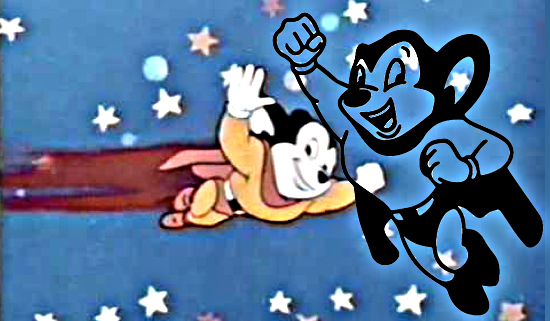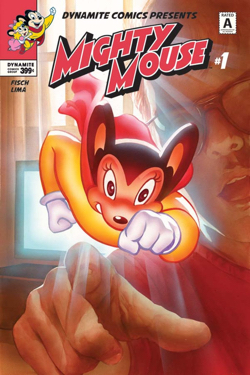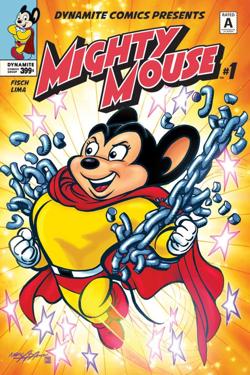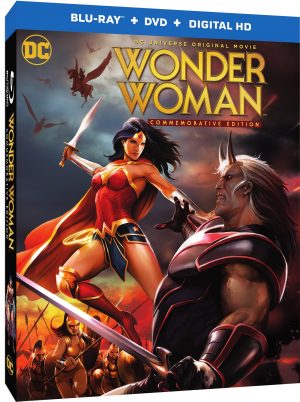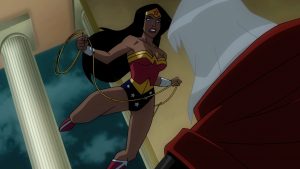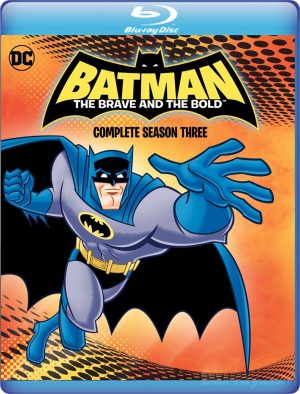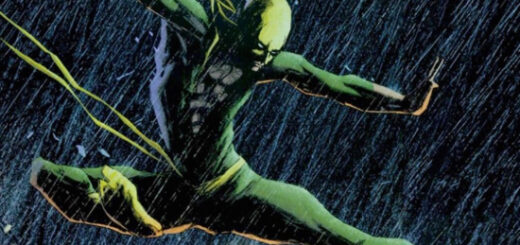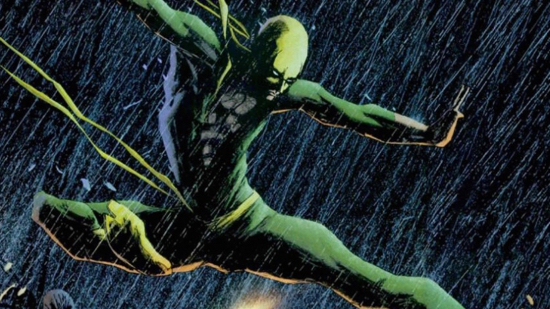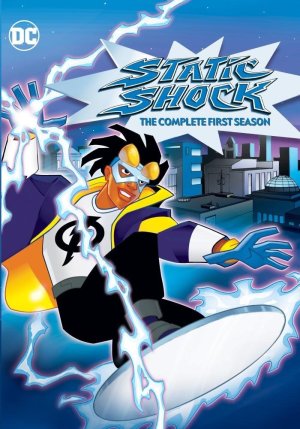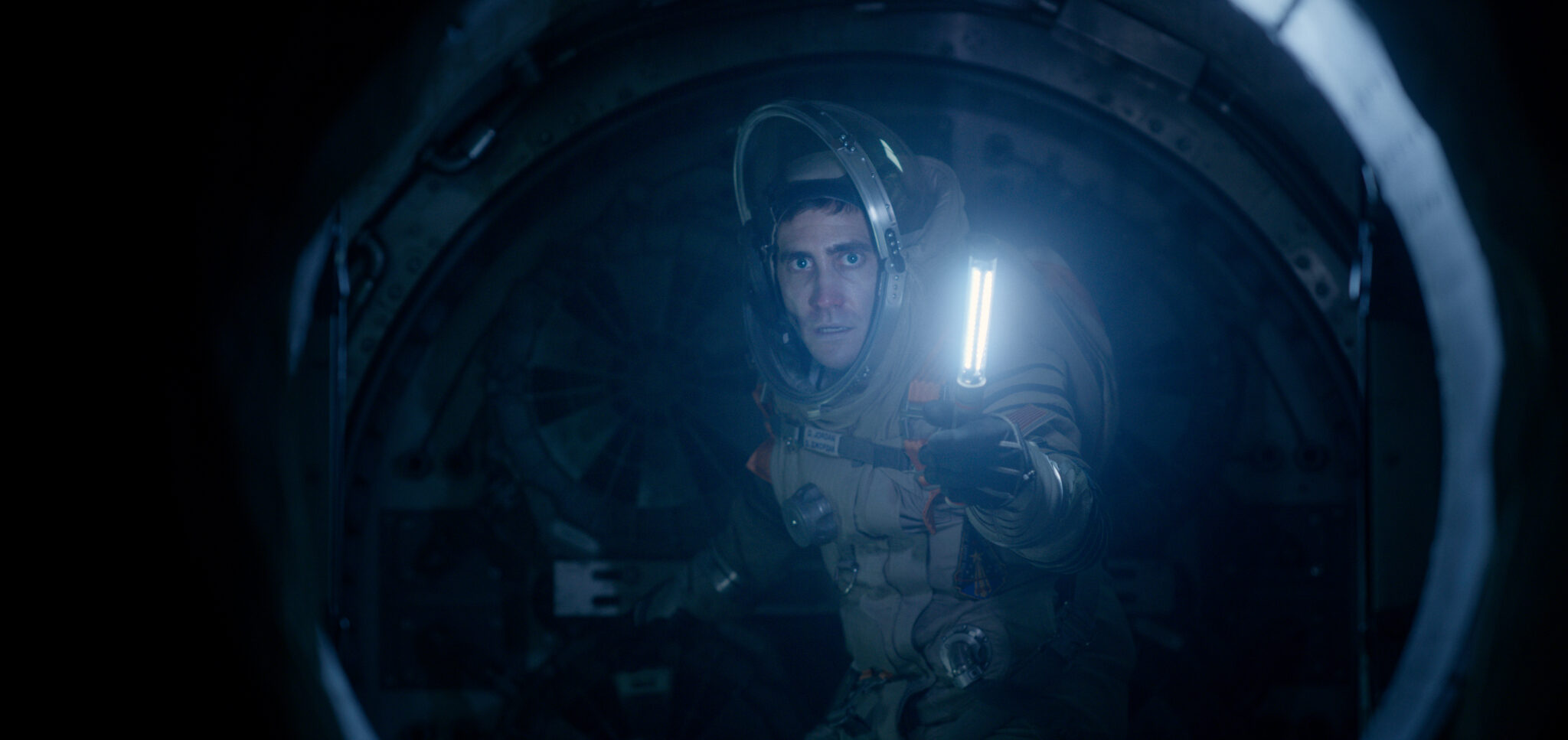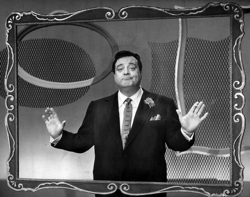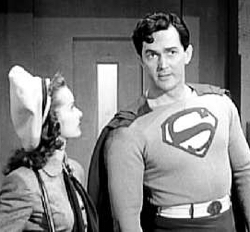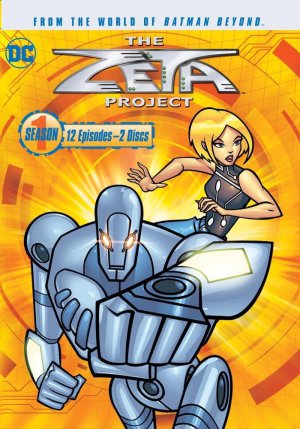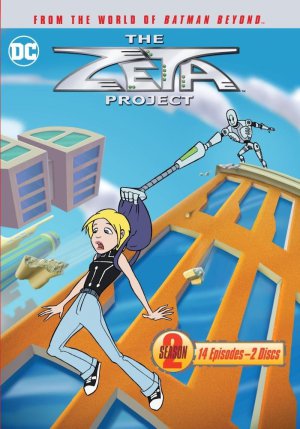Bob Ingersoll: The Law Is A Ass #405
THERE’S NO BUSINESS LIKE THIS TOY BIZ MESS
In the immortal— no, the legen… wait for it… dary— words of Barney Stinson, “Challenge accepted!”
What challenge? Why this challenge.
In Mindy Newell’s column of March 20, 2017, my fellow ComicMix wrote about a court case involving import tariffs on action figures. She didn’t name the case, but she was writing about the 2003 decision in Toy Biz v. United States. It was a case that revolved around a strange quirk in the Harmonized Tariff Schedule of the United States.
What’s the Harmonized Tariff Schedule of the United States? Pretty much what it sounds like, it’s a schedule that the US. Customs and Border Protection office uses. The schedule classifies imported goods into certain categories. Then the schedule says what the import tariff on the goods should be based on what classification the imports fell into.
In the 80s, at the behest of President Reagan, the United States rewrote its old Tariff Schedule so that it would correspond with the nomenclature and classifications used by the World Customs Organization in the International Harmonized Tariff System. And so was born the Harmonized Tari… Aw screw it; the H.T.S.
Cut to: the 90s, Toy Biz, a subsidiary of Marvel Entertainment, was in the biz of selling toys, including action figures based on Marvel characters. Toy Biz’s action figures were manufactured in foreign countries where labor costs were lower. Then Toy Biz imported the action figures into the United States for resale, which made those imports subject to the H.T.S. Here comes the weird quirk. The H.T.S. set the import duties on dolls at 12%, while the import duties on toys was only 6%. Mindy wrote this was because the H.T.S. considered dolls as “human,” and toys as, well as toys.
Why was there an import duty on humans in the first place? Didn’t the 14th Amendment outlaw that sort of thing?
Second, why did the H.T.S. classify dolls as human? Dolls are plastic, usually less than two feet tall, and have hands even smaller than certain presidents. No humans that I know match these criteria. Moreover, many dolls — particularly Barbie dolls — have proportions that no humans have. (Okay, some humans have the proportions, but those are plastic, too.) While other dolls, like Ken, have certain, shall we say, lack of proportions which aren’t human, either. So, given all that, how did dolls get classified as human?
Okay, the H.T.S. didn’t actually say dolls were human or that there was an import duty on humans; I pretended it did, because there were some jokes to be had. What the H.T.S. said was anything which represented a human was to be classified as a doll, not as a toy. This a-doll-is-not-a-toy classification carried over from the old unharmonized Tariff Schedules of the United States.
The strange dichotomy went on for a while, until Marvel Entertainment’s lawyers got a brilliant idea. They claimed that the action figures of mutants should be classified as toys not dolls. Mutants, after all, aren’t human, so action figures of mutants didn’t represent humans. It was an argument that put the lie to The X-Men’s entire raison d’être, but as it stood to save Marvel millions, Marvel told Professor X to suck it up.
I imagine part of the Toy Biz argument was based on language found in the United States Code, the codification of all the laws governing the United States that Congress wrote. 1 USC § 8 actually defines human as a “member of the species homo sapiens who is born alive at any stage of development.” It also defined “born alive” as “the complete expulsion or extraction from his or her mother of that member.” The definition of human being had to include the language “homo sapiens” language. After all, puppies, calves, and other mammals fit the definition of born alive. So if the definition of human being didn’t specify “homo sapiens,” some animals could also be considered human. And that could have given rise to definitions of animal husbandry that were never intended.
Armed with this definition of human, Toy Biz could have argued that under the USC, mutants weren’t homo sapiens but homo superiors, so mutants weren’t human. Therefore action figures of mutants didn’t represent humans. In the same way, Thor or Hercules weren’t homo sapiens but demi-gods, Galactus or the Silver Surfer weren’t homo sapiens but extra-terrestrials, and Fin Fang Foom was whatever the hell Fin Fang Foom is.
The case lasted for ten years in the United States Court of International Trade, before the court ruled. It based its ruling on the fact that when the former Tariff Schedules of the United States were re-written into the Harmonized Tariff Schedules of the United States, the wording in that doll clause was changed. Before the law governing doll tariffs said dolls were something “representing human beings and parts and accessories thereof.” After the schedule was rewritten, a doll was something, “representing only human beings and parts and accessories thereof.” The emphasis wasn’t in the original decision, I added it because it was the key word of the H.T.S. upon which the court based its decision.
The court found that the Toy Biz action figures did not represent only humans. Yes, there were some human action figures. But Toy Biz also had action figures of mutants, monsters, demons, and whatever the hell Fin Fang Foom is. As the Toy Biz action figures did not represent only humans, they did not meet the H.T.S. definition of dolls. Therefore, the Toy Biz action figures were not dolls. They were what any kid could have told the court they were; toys and subject to the lower toy tariff rate.
So the next time someone accuses you of playing with dolls, you can say they’re not dolls, they’re action figures. But now you’ll have a court case to back you up!
Mindy wondered — and threw her ball of wondering out of the US Court of International Trade and put it into my court — whether this ruling applied to all action figures from all companies or just Toy Biz action figures. And, because answering Mindy’s question means another week where I don’t have to think about Civil War II, I accepted the challenge.
The quick and easy answer is this: the ruling only applied to the company that had litigated the point, Toy Biz. However, all the other companies who produced and imported action figures could appeal their action figures’ classifications and use the Toy Biz ruling as precedent. One-by-one, as each company appealed its action figure classification status, the case would have applied to them, too.
And now they don’t even have to do that. Sometime after the Toy Biz decision, the H.T.S. was amended. Its wording was changed to reflect the obvious. The nonsensical distinction between dolls and toys was eliminated. Now, according to the H.T.S., dolls are toys
Which is as it should be. Dolls are toys. Innocent, harmless, fun toys. Unless, of course, they’re Talky Tina or Chucky. But that’s another story.


